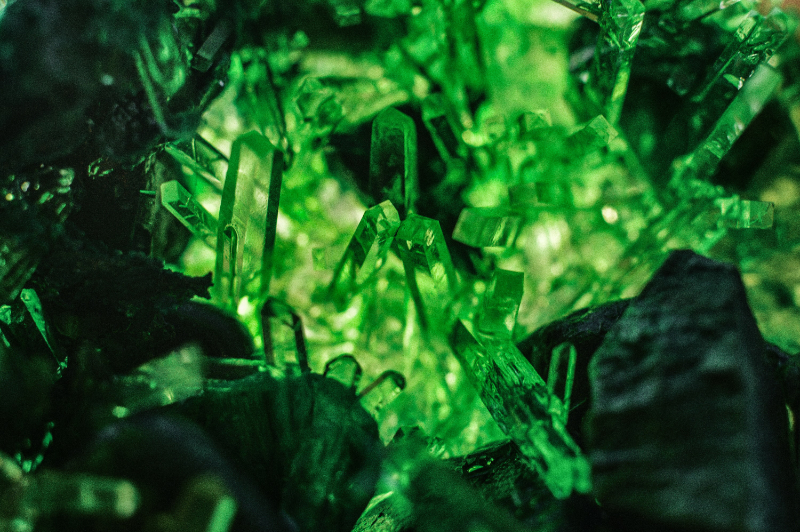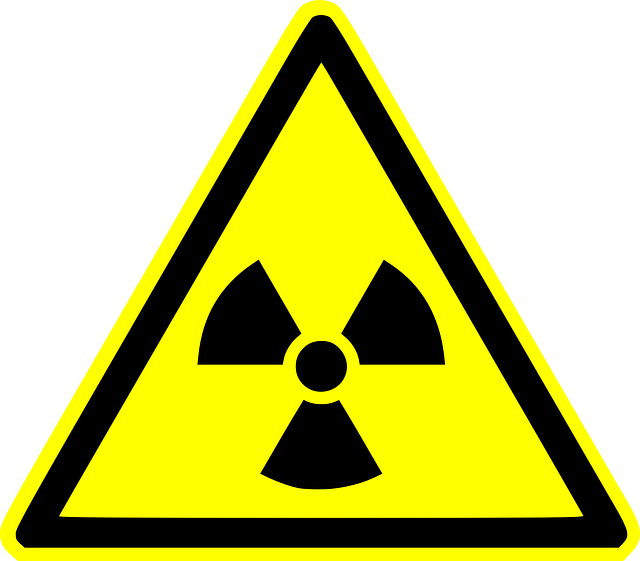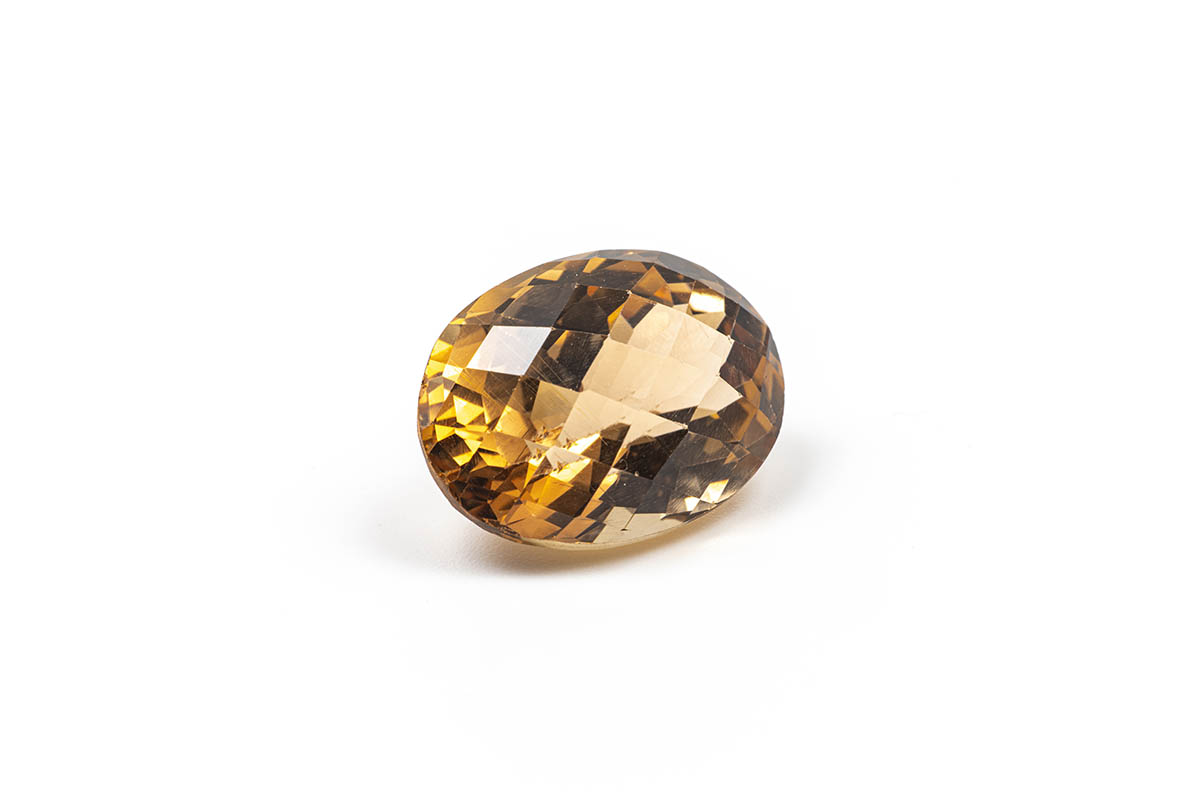Knowledge
31.08.2022 Irradiation of Gemstones
Irradiation is a rarely used method of treating gemstones, whereby the color properties of a gemstone can be altered. In addition to artificial irradiation, some minerals and gemstones, such as amethysts, owe their color intensity to natural radioactivity.
How does artificial irradiation work? For which gemstones is it used, and are they radioactive as a result?


Natural radiation of gemstones vs. irradiation as treatment
Research into the causes of gemstone color revealed at the beginning of the 20th century that amethysts, yellow sapphires, and green diamonds owe their color intensity to natural radiation. The source of this radiation can be the surrounding rock or, in rare cases, cosmic radiation. Even if the coloration is due to radiation, the minerals themselves no longer emit radiation.
However, some minerals, such as ekanite, heliodor, monazite, and zircon, contain radioactive elements, such as thorium or uranium, which cause them to emit weak radiation. Zircon can contain so many radioactive inclusions that they destroy the crystal structure.
Since the mid-20th century, gemstones have also been irradiated to change their color. Smoky quartz was the first, but the method is most often used with topazes.

How gemstones are irradiated

Electron or gamma rays are mostly used so that the stones are not radioactive. However, if gemstones are irradiated with neutrons, radioactive substances are produced in small amounts. However, the radiation intensity decreases quickly. While electron and gamma radiation are available in laboratories, neutron radiation is only available in nuclear reactors, making the process much more difficult and costly.

Which gemstones are irradiated?
Topazes are the most commonly irradiated gemstones.
Gamma, neutron, or electron beams are used to enhance their color. The most famous color produced by radiation is “London blue,” a bright, petrol-blue color. Bright light blue (“Swiss blue”) and aquamarine blue (“sky blue”) can also be produced in topaz through irradiation.
Diamonds are bombarded with neutrons in nuclear reactors, which color the stones green to deep blue and penetrate deeply. Irradiation with protons, deuterons, or alpha particles can produce a green color, but it does not penetrate deeply. Treatment with accelerated electrons produces blue to greenish-blue colors.
Of course, the effort of irradiation must be in relation to the expected gain, and the color improvement obtained must be stable. For instance, dark blue beryls and yellow sapphires produced from colorless stones fade in sunlight, as do green or yellow spodumene produced from pink spodumene. Irradiation is essentially profitable only for blue topaz, colored diamonds, and red tourmaline.
Topazes are the most commonly irradiated gemstones. Gamma, neutron or electron beams are used to enhance their color.

Are irradiated gemstones radioactive?
In any case, irradiation treatment must be declared in the gemstone trade. According to the US Nuclear Regulatory Commission (NRC), wearing and storing irradiated gemstones is not dangerous. It is important to pay attention to the decay time of neutron-irradiated gemstones, i.e., the time it takes for the radiation exposure to fall below specified limits. In the EU, this limit is 100 Bq per gram. Several years usually pass after treatment before the gemstones are allowed to enter the market.



